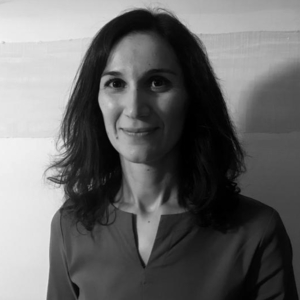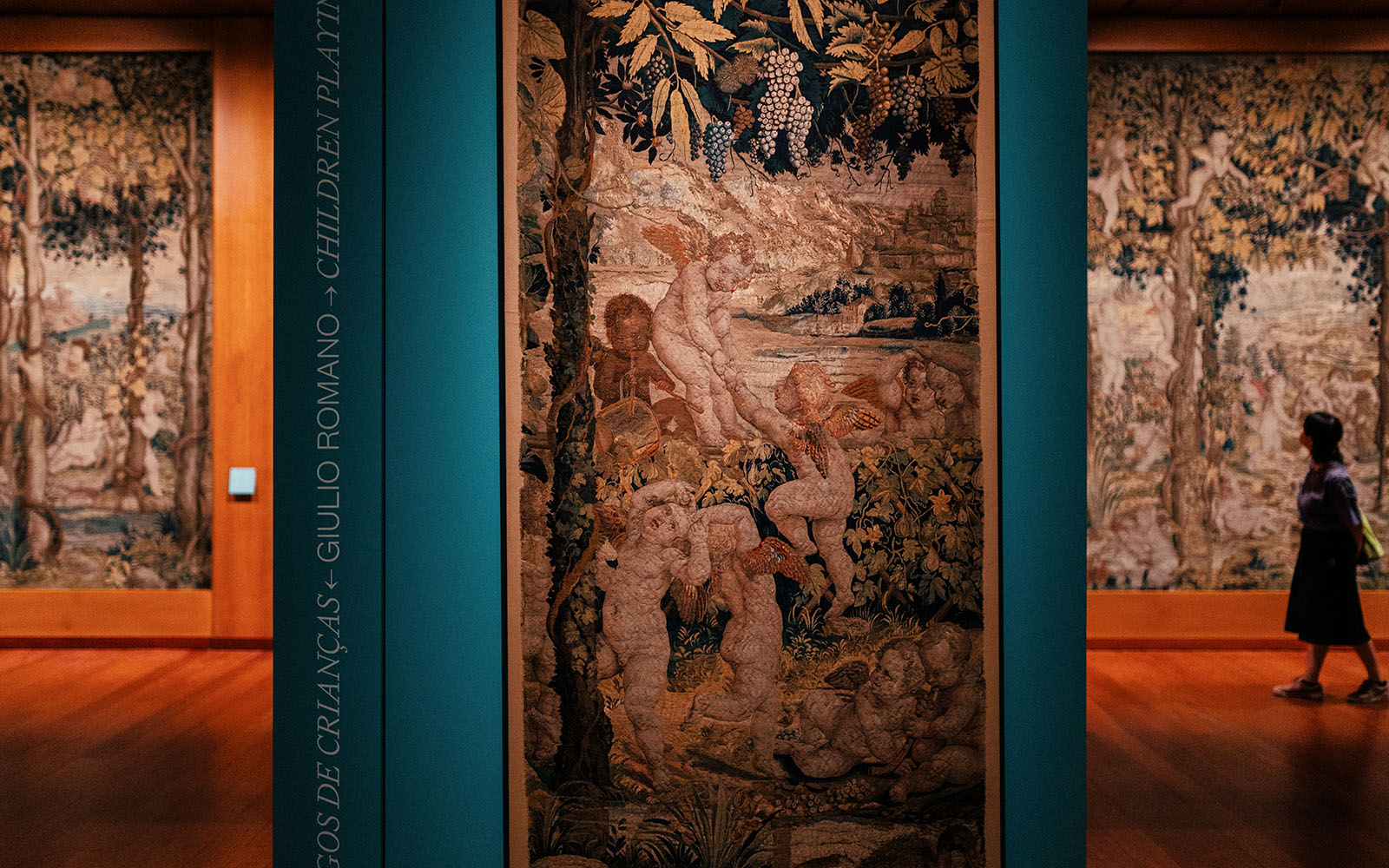Weaving designs in the Renaissance: Giulio Romano and tapestry
Event Slider
Date
- / Cancelled / Sold out
BROADCAST
This event will be broadcast live on this page
Giulio Romano was a multitalented artist and expressed his genius in various media and materials. During his career, the artist produced designs for all kinds of artworks, such as architectures, frescoes, paintings, stuccos, prints and tapestries. His interest for tapestry can be connected to his apprenticeship in Rome in Raphael’s workshop. Raphael created cartoons for several sets of tapestry, for example the series of the Acts of the Apostles for the Sistine Chapel, and he renewed this technique through modern compositions conceived as Renaissance paintings.
Following his master’s example, Giulio Romano designed cartoons for important sets of tapestry for illustrious patrons, such as Francis I King of France, Ercole II d’Este Duke of Ferrara and the Gonzaga family in Mantua, the city where the artist established himself in 1524. Giulio Romano’s compositions are often inspired by ancient history and mythology and are meant to celebrate the patrons and their virtues. The precious aspect of the tapestries – woven in wool, silk and metallic threads – emphasizes the idea of magnificence. This is the case of the series of the Puttini – as it is mentioned in historical inventories – that takes its subject from the Imagines by the Greek author Philostratus and was conceived as an exaltation of the new golden age set under the Gonzaga reign.
BROADCAST
SPEAKERS

Michela Zurla is currentely curator at the Palazzo Ducale in Mantua. She has a Ph.D. in art history (University of Trento), with a thesis entitled Sculpture in Genoa between XVth and XVIth century. Artists, building yards, patrons, that she defended in 2015. She graduated in art history at the University of Perugia with a master’s dissertation on the sculptor Domenico Fancelli from Settignano and the arrival of the Italian Renaissance in Spain (2010).
In 2016 she was a fellow at the Bode Museum within the International Fellowship Programme of the Staatliche Museen zu Berlin with a research project concerning Genoese sculptures in the collections of the Bode Museum and Wilhelm von Bode’s interest in Genoese Renaissance art.
She collaborated to the exhibitions Norma e capriccio. Spagnoli in Italia agli esordi della maniera moderna(2013) at the Uffizi, Baccio Bandinelli (2014) at the Bargello in Florence, ‘Con nuova e stravagante maniera.’ Giulio Romano a Mantova (2019), Raffaello, trama e ordito. Gli arazzi di Palazzo Ducale a Mantova (2020), Dante e la cultura del Trecento a Mantova (2021), Michelangelo. I bronzi della Passione (2022) at the Palazzo Ducale in Mantua.
Her main field of research concern Renaissance art.
